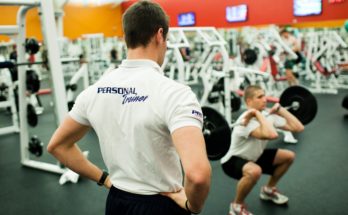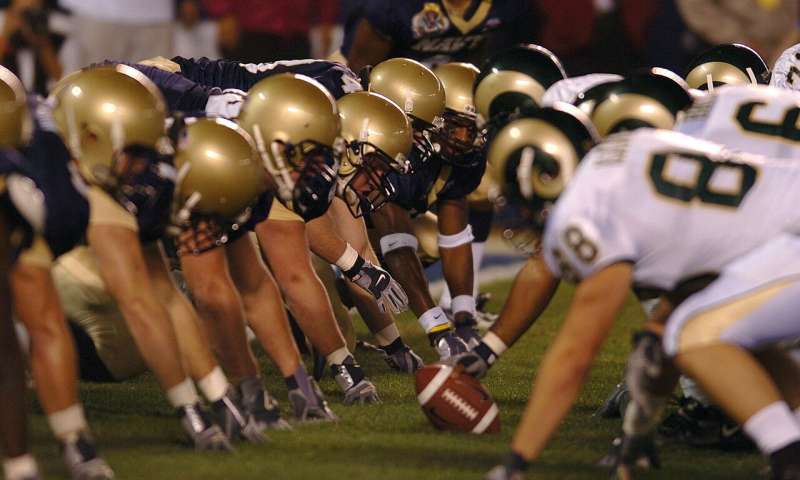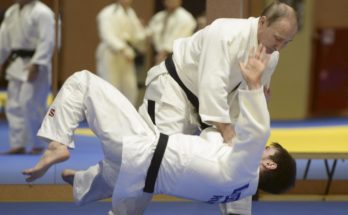Social media data can provide a population-level view of physical activity, from bowling to Crossfit, and inform future efforts to tackle health disparities.
A new study led by Boston University School of Public Health (BUSPH) researchers and published in BMJ Open Sport & Exercise Medicine used machine learning to find and comb through exercise-related tweets from across the United States, unpacking regional and gender differences in exercise types and intensity levels. By analyzing the language of the tweets, this method was also able to show how different populations feel about different kinds of exercise.
“In most cases, lower-income communities tend to lack access to resources that encourage a healthy lifestyle,” says study senior author Dr. Elaine Nsoesie, assistant professor of global health at BUSPH. “By understanding differences in how people are exercising across different communities, we can design interventions that target the specific needs of those communities.”
In the future, social media and other digital data could help create interventions and policies informed not just by the habits of these communities, but also by what they think of different physical activities, says study lead author Dr. Nina Cesare, a postdoctoral associate in global health at BUSPH. “We believe this work provides a step in the right direction.”
The researchers used a set of AI models to find and analyze 1,382,284 relevant tweets by 481,146 Twitter users in 2,900 US counties (and get rid of false positives, like references to The Walking Dead or watching sports, or using the expression “running late”). Finally, the researchers compared tweets by men and women, and from four different regions of the country: the Northeast, the South, the Midwest, and the West.
The top exercise terms were “walk,” “dance,” “golf,” “workout,” “run,” “pool,” “hike,” “yoga,” “swim,” and “bowl.” Walking was the most popular activity overall, but other activities varied by gender and region. Women in the West did more intensive exercise than in any other region, while the Midwest had the most intensive exercise among men. Men did slightly more intensive exercise than women overall, and South had the biggest gender gap in exercise intensity.




